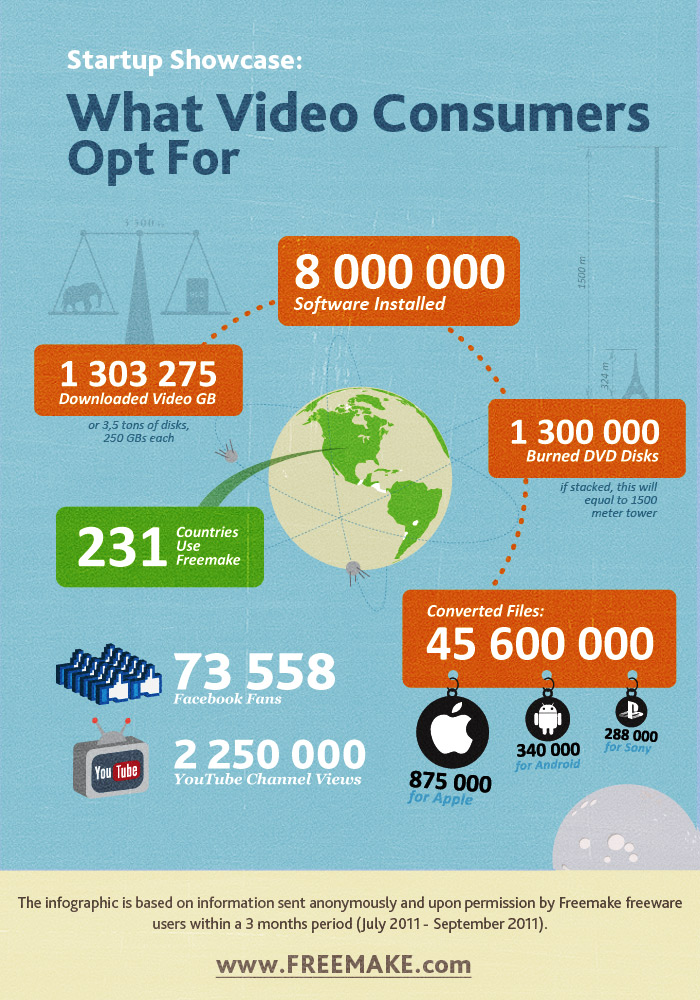Technology is wonderful.
When televisions first appeared on a large scale in the early 1950s, they were considered to be a must-have, and families that purchased a television set were the envy of their neighborhoods. Two decades later, however, the first rumblings of too much violence on TV began to be spoken and written about. Regardless, television did not simplify our lives until the advent of the smart TV or Internet TV about 5-7 years ago.
Similarly, personal computers were a nice thing to have in the late 1970s to early 1980s. They helped and improved word processing, databases, accounting, games and a few other things. However, the true value was not realized until the introduction of the Internet, and the integration of the Internet with various programs (such as Google Docs, in which this article is being typed). Now you can find a great many books online, in pdf, or available through download. In addition, you can find a great many videos online, primarily through YouTube, and which the “What Video Consumers Opt For” infographic attempts to show.
Now, there is no need to have CDs, DVDs or Blu-Ray. You can carry everything that has been created while toting around your laptop, tablet or smartphone. This infographic shows the tremendous amount of space that the new preferences allow. It relates that people have burned 1.3 million DVDs which, in a physical sense, is equivalent to a 1,500 meter tall tower (or slightly more than 1,640 yards).
Likes: The infographic does emphasize the utility of computers, software and downloads.
Dislikes: This feels cut short, we would’ve required some more stats.
The infographic provides a break down of video consumers’ preferences and most popular video tasks.
Freemake.com in-house metrics observe sky-rocketing growth of streaming video and old school DVD burning habits worldwide. The research reveals a hot gadgets battle split between portable device manufacturers: Apple, Google Android and Sony.

